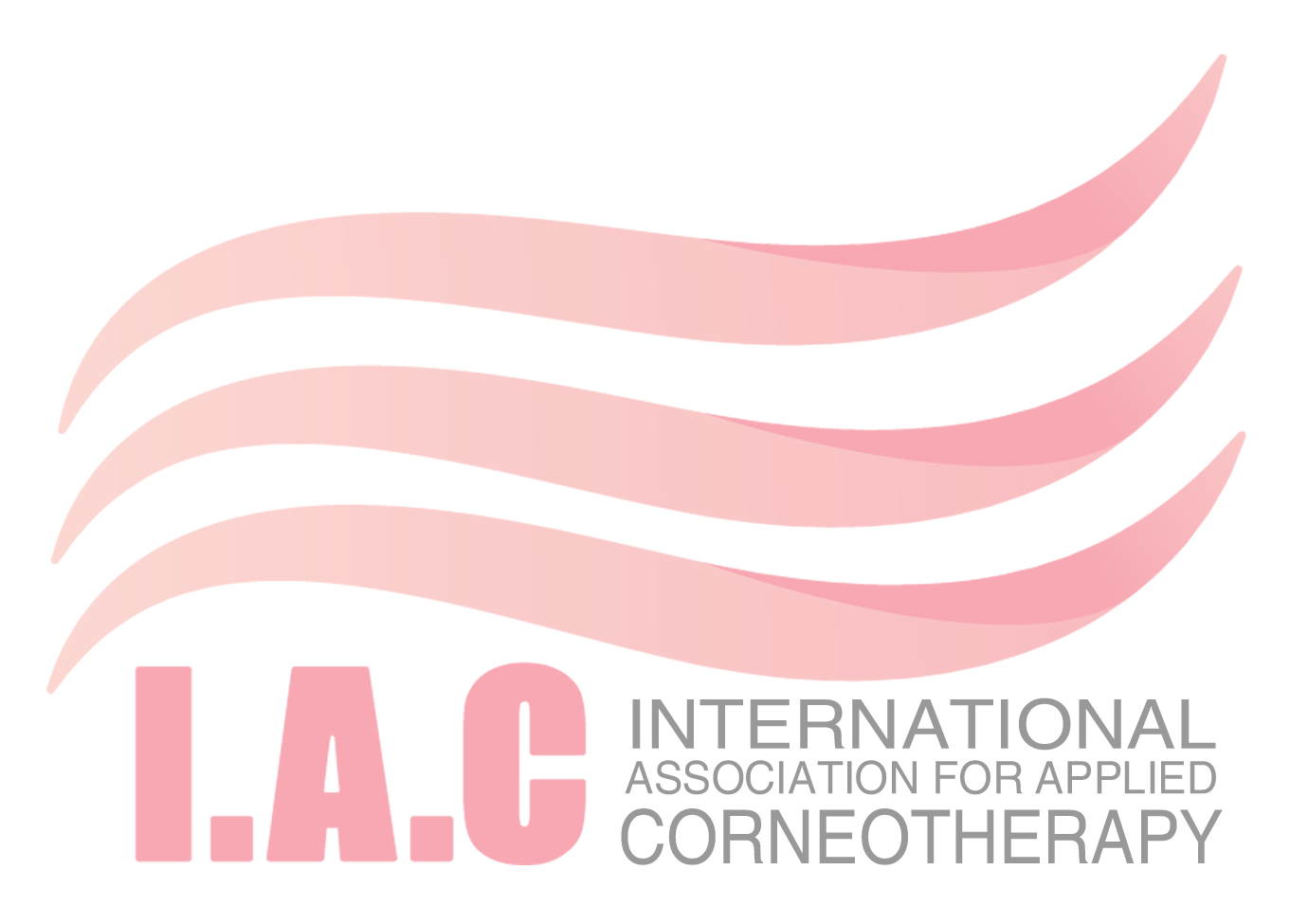-
oral resp. per oral: capsules to swallow
-
topical: lotions, creams and ointments
-
rectal: suppositories and ointments
The Indian frankincense (boswellia serrata) has been included as a monograph in the European Pharmacopoeia (Ph. Eur.). Nevertheless, not a single officially licensed pharmaceutical preparation with a frankincense extract is on the market in the EU so far despite of numerous encouraging in vitro and in vivo results concerning the following medical indications:
On the basis of the above mentioned monograph pharmacists are enabled to prepare dispensing drugs on a small industrial scale, though.
For quite some time now, boswellia extracts have been used in the field of skin care to support the prevention of skin disorders, and in adjuvant corneotherapy to treat:
-
inflammatory skin reactions
-
sun erythema and radiation
-
acne
-
rosacea
-
perioral dermatitis
-
atopic skin and barrier disorders
-
actinic keratosis
-
psoriasis
A click on the term "boswellia" will open a glossary of applications, products and publications. Note: You can also enter any other skin-related term in the search box on the left side of every page.
The following compounds of boswellia extracts are important:
- α- und ß-boswellic acids as well as its acetylated derivatives in 3-position
- 3-acetyl-11-hydroxy-β-boswellic acid
- 11-keto-ß-boswellic acid (KBA)
- 3-acetyl-11-keto-β-boswellic acid (AKBA)
Among others, the following activities currently are being discussed:
-
inhibition of 5-lipoxygenase - suppressing the formation of inflammation triggering leukotrienes
-
inhibition of cycloxygenase-1 and influence on the prostaglandin E2-synthesis
-
inhibition of proteases like catepsin G
- inhibition of NFκB signal pathway
- inhibition of topoisomerases and activation of caspases
The extracts used in skin care are largely free of essential oils and mucilages. That is the reason why they, if at all, only faintly recall the originally balmy smelling frankincense. In order to obtain effective concentrations in the skin, biodegradable nanodispersions (" Boswellia-nanoparticles") are the appropriate administration form. They are produced from standardized extracts and phosphatidylcholine (PC) which is the main ingredient of the membranes of all living cells. The following concentrations are exemplary for standardized extracts:
Since PC is effective against cornification disorders, nanodispersions can also be administered in this case. Nanodispersions can be applied on the skin in pure form or in combination with base creams.
Dr. Hans Lautenschläger | 





